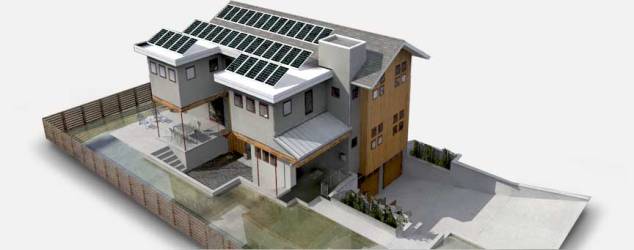Guest Author - Girish Shivakumar
Recently Google announced the creation of the company ‘Alphabet’ of which ‘G’ is for Google. This left everyone to wonder what the other letters will stand for. Looks like we have an answer for ‘S’. Google has now launched Project Sunroof that looks to explore its mapping capability with solar irradiation database to estimate solar energy.
Is this late or is it the right time?
Solar Engineers like me will say “We have been using Google maps and Google earth in doing solar PV system design”. Yes, we have been using the Google earth imagery to estimate the roof area, orientation etc to estimate the PV capacity. In most cases we have utilised the Google earth imagery and super imposed it on AutoCad to create the preliminary land boundaries.
Google Sketchup another google product that helps users create 3D images also allowed developers to build add ins to it. One of my favorite add ins is the Skelion. It helps put Solar PV panels on buildings and estimate energy generation. We could use sketchup, skelion and AutoCad to generate Contour maps of the land areas also.
So is this a little late? No!
I believe Google is doing this at the right time. Solar PV prices are falling and it makes economical sense to invest in PV right now. By launching this platform they will in their usual style make it ‘customer-friendly’. You can use only Google maps to estimate solar PV on your roofs instead of the other products I mentioned before.
What can you expect with this product?
- Currently this is a pilot project in 3 cities in the US. It could soon spread considering the massive solar radiation database available with NREL.
- Input your address, locate your roof and estimate the possible PV capacity.
- Input your energy bill details and estimate the economical savings.
- It would also allow you to get in touch with a local PV installer to visit and setup the plant for you.
- For more info Sunroof.
For more topics on solar, you can follow Girish's blog on the link below





